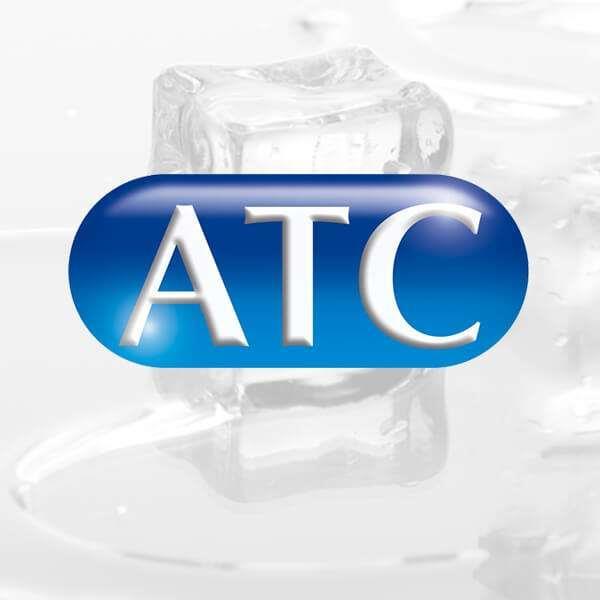
Sometimes it is not possible to use glycol as a heat
transfer fluid to provide protection from frost for outdoor units. In such
cases, addition of frost protection can protect the unit.
Frost protection supplied by Applied Thermal Control
consists of a thermostat and wiring alteration that will allow the use of water
as a heat transfer fluid in freezing temperatures by running the pump when the
machine drops below +6 °C.
A thermostat can be used to protect process cooling
equipment from frost by controlling the operation of the heat transfer fluid
pump. The thermostat will monitor the temperature of the cooling system and
turn on the pump when the temperature drops below the set threshold.
When the pump is turned on, it circulates water through the
system, which helps to prevent the formation of frost on the equipment. The
flow of water helps to maintain a consistent temperature throughout the system,
preventing any areas from getting too cold and potentially causing damage.
There are several benefits of using this method to protect
process cooling equipment from frost:
Prevents frost damage
- The
primary benefit is that it prevents frost from forming on the cooling
equipment. Frost can cause damage to the equipment, leading to costly repairs
or even equipment failure. By preventing frost from forming, the equipment can
operate reliably and efficiently.
Saves energy
- By
only turning on the pump when necessary, energy consumption can be reduced.
This can lead to cost savings and a lower environmental impact.
Increases equipment lifespan
- By
protecting the equipment from frost damage, its lifespan can be increased. This
can result in lower maintenance and replacement costs over time.
Provides peace of mind
- Knowing
that the equipment is protected from frost damage can provide peace of mind to
operators and reduce the risk of unexpected downtime or equipment failure.
While there are several benefits to this method of frost
protection, there are also some potential drawbacks to consider:
Limited effectiveness
- The
effectiveness of the thermostat in preventing frost damage may be limited if
the equipment is located in an extremely cold environment or if the system is
poorly insulated. In these cases, additional measures may be needed to protect
the equipment.
Maintenance requirements
- The
thermostat and pump require maintenance to ensure that they are functioning
correctly. Regular inspections and cleaning are necessary to prevent
malfunctions that could lead to equipment failure.
Cost
- There
is an initial cost associated with installing this option, as well as ongoing
energy costs to operate the pump.
Potential for pump failure
- If
the pump fails to operate correctly, the cooling system may be unable to
prevent frost from forming, potentially leading to equipment damage.
Dependence on power supply
- The
system is dependent on a reliable power supply to operate correctly. Power
outages or disruptions could cause the system too malfunction and lead to frost
damage.
While the use of frost protection has several benefits,
there are also potential drawbacks to consider. Careful planning and
maintenance can help to mitigate these issues and ensure that the system
operates reliably and effectively.